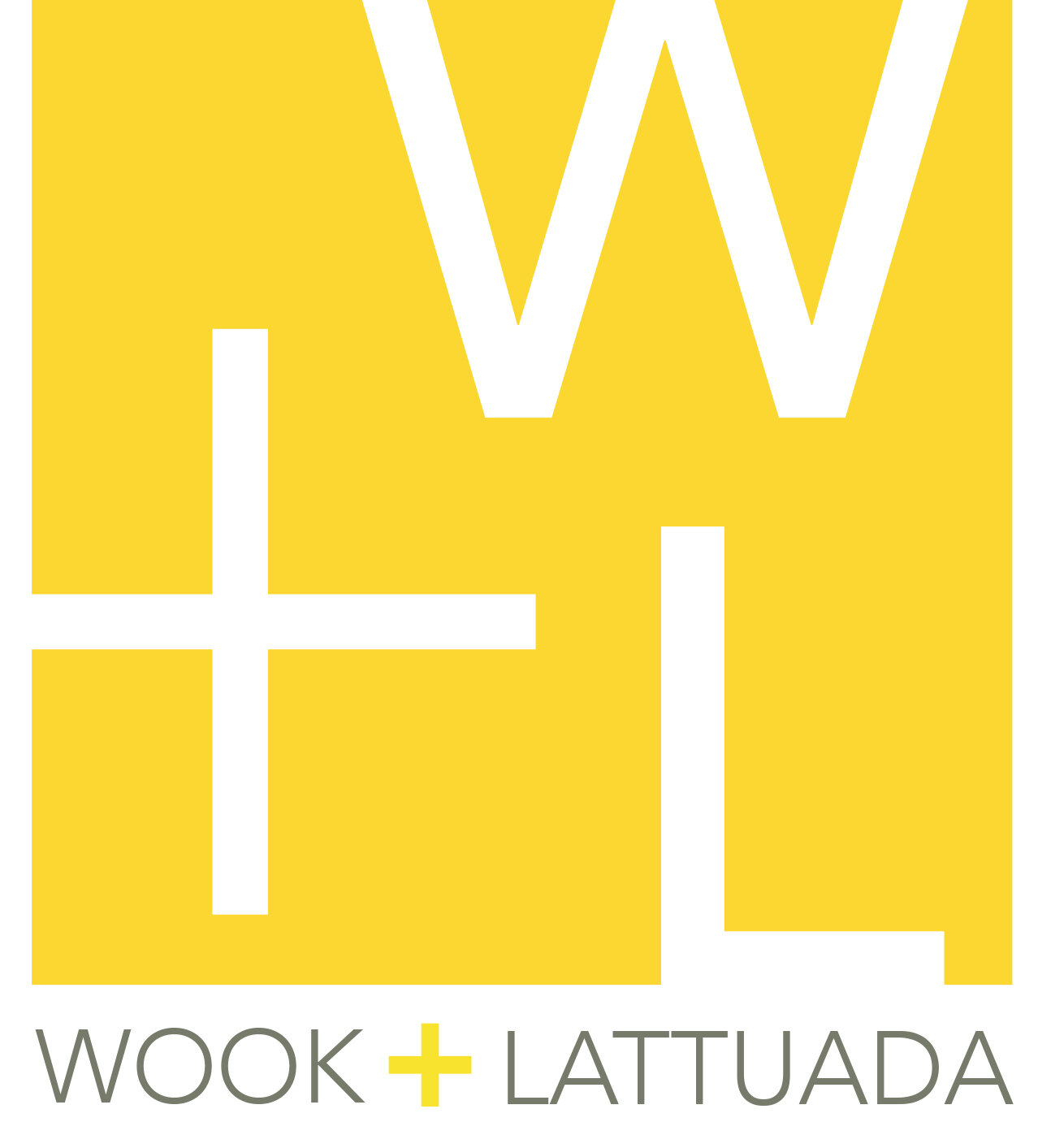Umberto Boccioni
ABOUT ARTIST
Umberto Boccioni (b. 1882, Reggio Calabria, Italy – d. 1916, Verona, Italy) was an influential Italian sculptor and painter and helped shape the revolutionary aesthetic of the Futurism movement as one of its principal figures. His roots started in Neo-Impressionist painting, where he was first drawn to portraits and landscapes. Later as he encountered Cubism, he developed a style that matched his critical and rebellious nature, characteristics that would contribute substantially to the development of the Futurism movement. In 1912 he exhibited some paintings together with other Italian futurists at the Galerie Bernhaim-Jeune, and the following year returned to show his sculptures at the Galerie La Boétie: all related to the elaboration of what Boccioni had seen in Paris, they in their turn probably influenced the Cubist sculptors, especially Duchamp-Villon.
In May 1916 Boccioni was drafted into the Italian army and died during a cavalry training exercise. He was just 33 years old but left behind a legacy deeply rooted in the Futurist movement through his seminal texts and artwork. His works are held by many public art museums, and in 1988 the Metropolitan Museum of Art in New York organized a major retrospective of 100 pieces.

